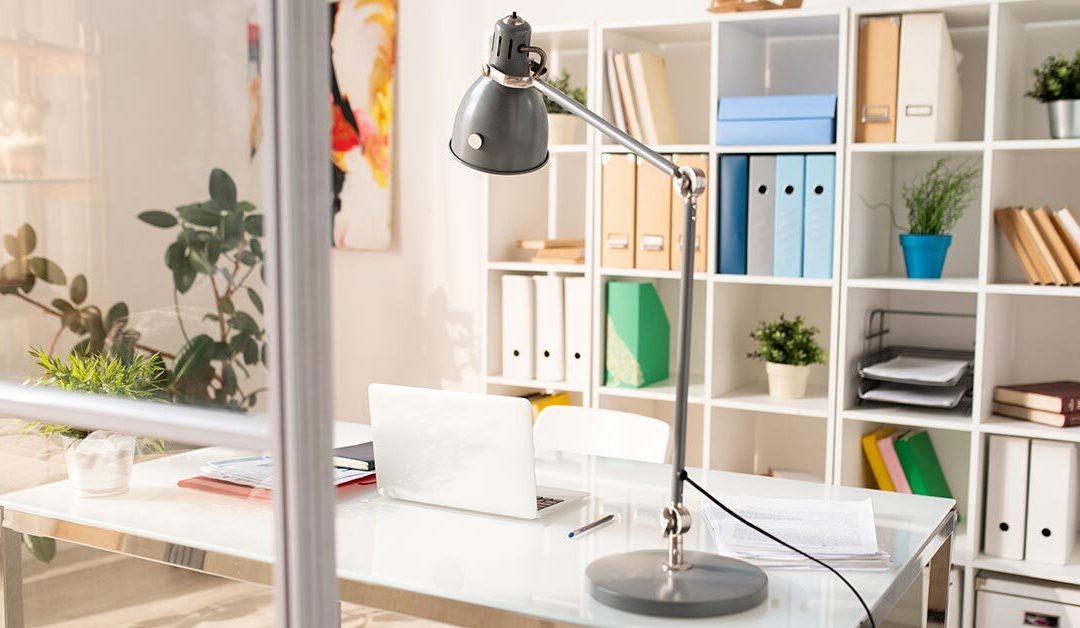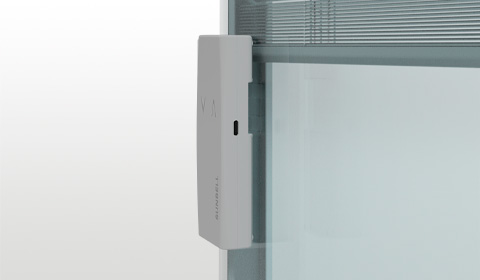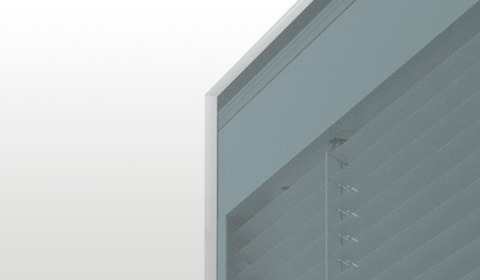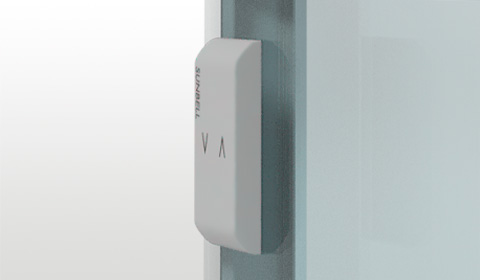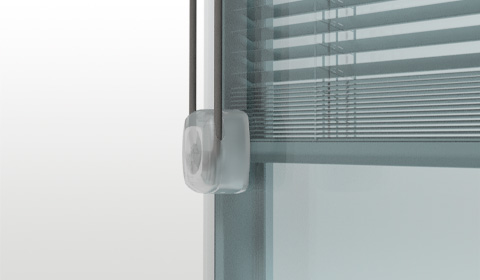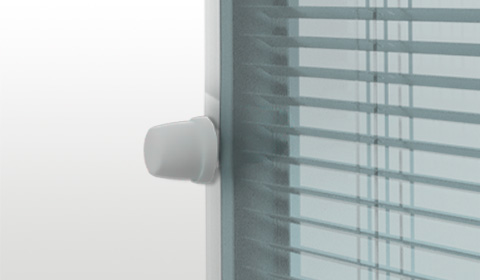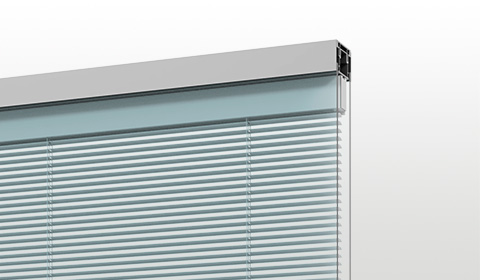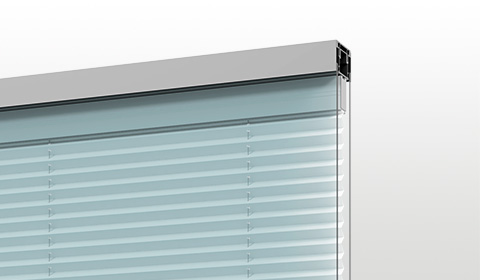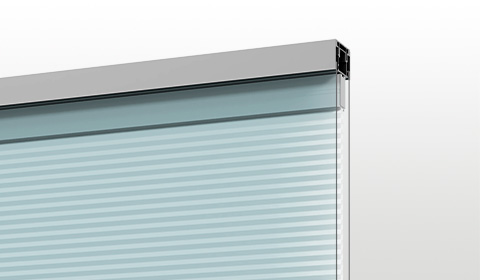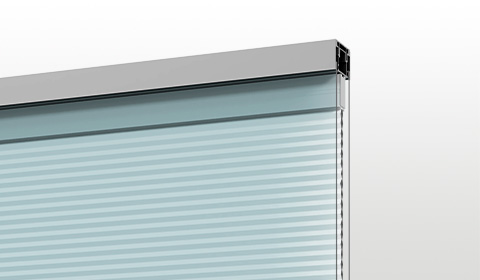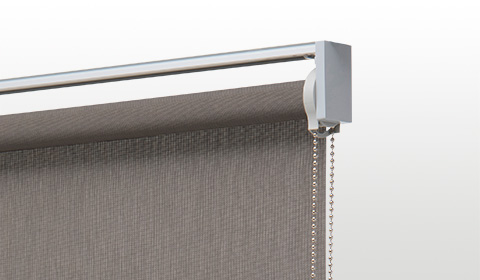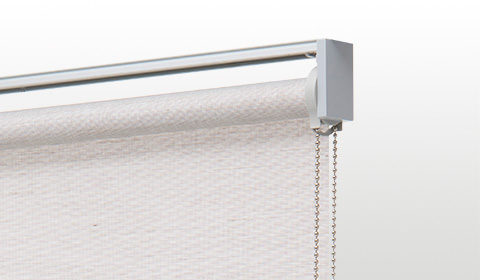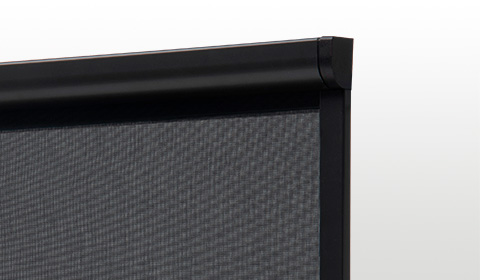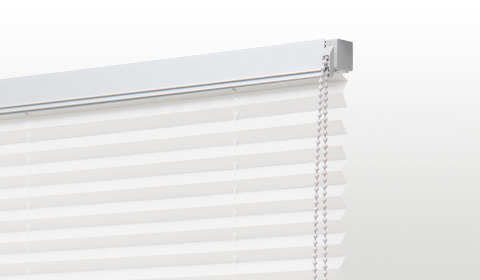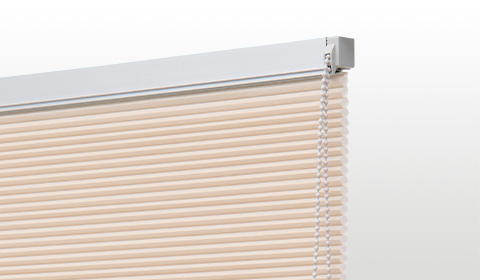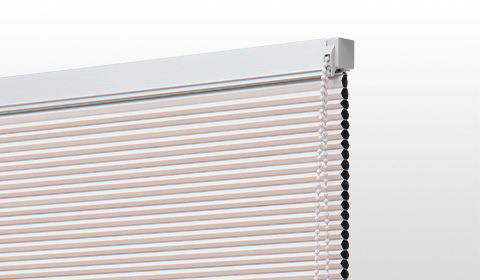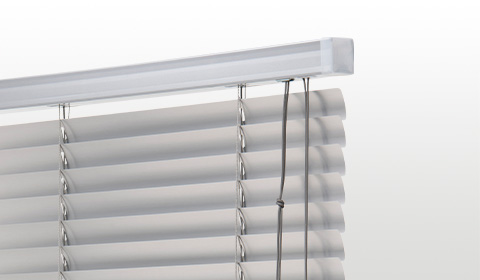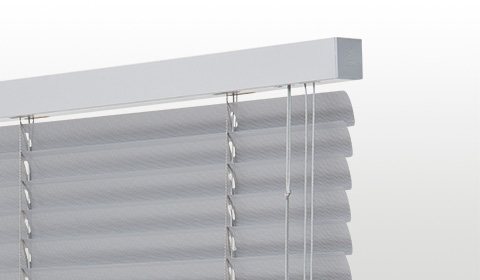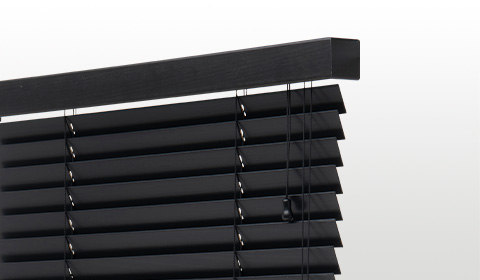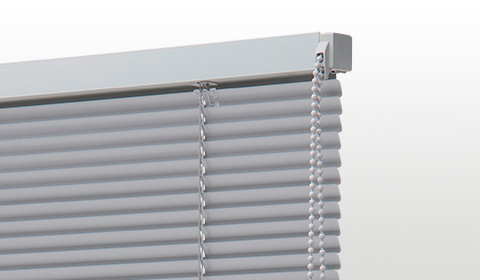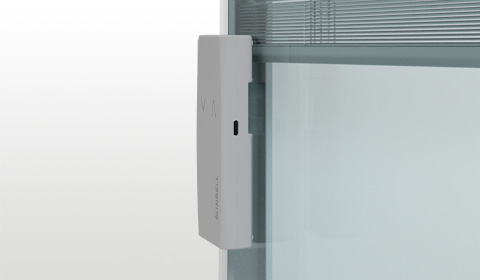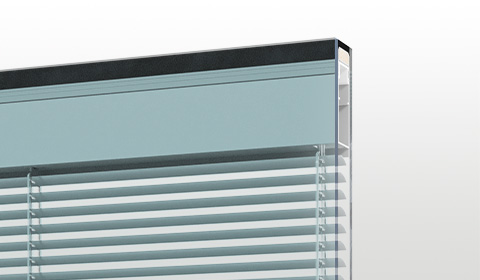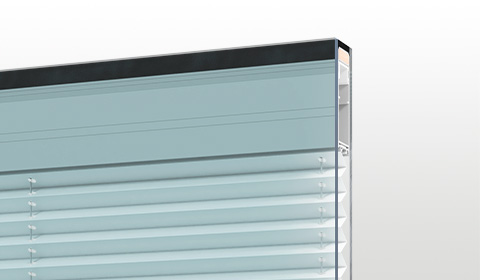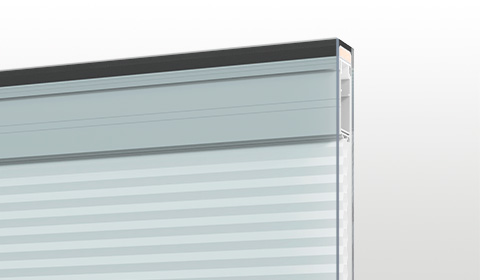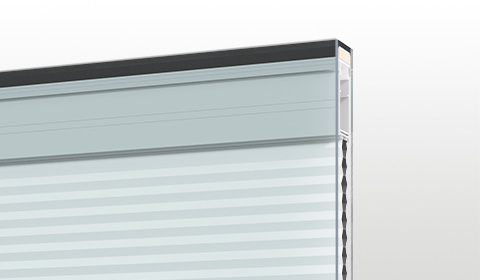COVID-19 has now become an integral part of our lives, and every industry is attempting to adjust to the new norms and ever-changing regulations put in place to deal with this new virus.
ThinkLab has been monitoring metrics and statistics to understand how this pandemic is affecting and influencing the interior design sector.
Needless to say, the battle against the negative impact of this pandemic is still ongoing. However, the industry seems to have a positive attitude about the situation, trying to be resilient and working to support its clients whilst picturing a more optimistic future.
To gain a better understanding of the situation, ThinkLab met some of the most important experts involved in interior design and production to find out how this sector will change after COVID, once we go back to our normal lives.
These are the 4 major trends that experts are forecasting in terms of post-COVID office design, as published in this ThinkLab.design article.
1. Creation of new professional roles
Remote working is becoming the new normal for many professionals. However many experts in these sectors are warning about the lack of a key element when this new way of working is adopted: collaboration.
New technologies are extremely useful in the current times. However, video calls and sharing documents online have created a certain distance between people.
When we get back to our offices, we will have to get used to interacting and collaborating again, even if some people are beginning to enjoy some of the advantages of remote working – like less commuting time and a better balance between personal and professional life.
It shouldn’t be surprising then that post-COVID work is predicted to become a mix of remote and office working.
Ann Hoffman, director of Workplace Strategies at Francis Cauffman Architects, suggests that using a Community Manager would be a way of maintaining a synergy between these two different workgroups.
“A community manager in the workplace should function as the connective tissue for the employees to interact with each other: remote or on-site. The position should function as a service-focused role that brings groups together with the best possible tools. While acting as the ambassador for the company brand and the culture, the community manager can monitor trends and requests and implement services on the fly to enrich the connections.”
2. The reinvention of the individual office space
At the start of 2020 many predicted the end of individual offices because the need for collaboration had opened the way for hybrid use of shared spaces like hotelling and free address seating.
In a post-COVID world, we will likely see this trend change.
Steve Delfino, Vice President of Corporate Marketing & Product Management at Teknion, explains:
“Social spaces will continue operating as a destination for respite and relaxation. However, the boundaries between personal and shared space will again become more distinct. The workstation will be more focused and a bit more private with a greater focus on user control and comfort. Higher partitions and clever space division utilising flexible products will increase a user’s feelings of well-being, which is just as important as the physical cleaning of the environments we will occupy.”
3. The importance of shared spaces
In time, shared workspaces will become increasingly more valuable.
As Jeffrey Braun, furniture designer and creative director of Emblem reminds us:
“The knee-jerk reaction is to increase individual workspaces and isolate employees in the office, but the real driver for people to return to the office is so that people can interact, collaborate, see, and talk to other people. The truth is, if people are at the office less and working from home more, then the time they are spending in the office becomes more important. So, while the traditional cubical or assigned desk will never truly go away, time in the office should be spent on collaboration and our designs for these spaces should follow suit.”
4. Simplification of additional services in the workspace
An interesting trend forecasted for 2020 was the increased use and popularity of additional services and amenities available to employees – like wellness programs, yoga lessons, fancy vending machines and office facilities serving high-quality tea and coffee.
However, many of these additional services will have to be re-thought, considering the new safety and health protocols that offices are putting in place.
Julia Belkin, president of HLW believes that:
“Pre-packaged consumables will certainly increase in popularity in response to ongoing health concerns. Grab’n’go, which was already gaining popularity among millennials due to its inherent convenience, was being discussed with many organisations even before the pandemic and will likely be a growing, long-term trend. For larger companies that traditionally offered a food buffet within their workplaces, they may now simply give their staff boxed meals on-site. These could be generic or customised depending on cost tolerance and logistics of pickup.”
What will make a difference will be our ability to adapt
To conclude, the key to success will be our ability to adapt, as explained by Diana Pisone, team principal in the Chicago office at Ted Moudis Associates.
“The pendulum typically swings from one extreme to the other. Similar to 9/11, when we realised that we had been taking our safety for granted, our security protocols became overly stringent. Eventually, we swayed back to a middle ground with many newly developed best practices, which are still in place today. The same will go with this pandemic and our socialisation habits. We have overlooked our societal health, this current state will bring about temporary rigorous constraints, and eventually there will be best practices that surface and will stay in place for years to come, which too will be more middle of the road.”
How will office design change in a post-COVID era? Only time will tell!

